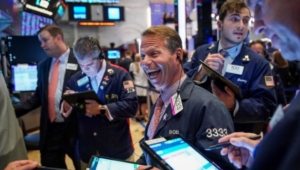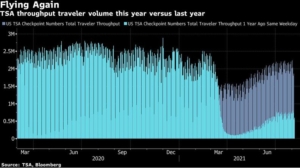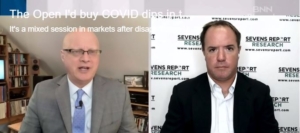Tom Essaye Quoted in CNBC on August 30, 2021
Treasury yields fall slightly as investors await key jobs report
The 10-year yield continues to build upside momentum, and Powell’s dovish tone on Friday won’t…Tom Essaye of the Sevens Report said in a note on Monday. Click here to read the full article.









